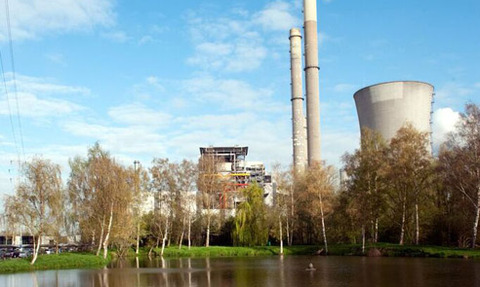
Climate change is projected to have significant effects on UK water supplies. Now is the time to consider the impact on your business, says SUEZ Water UK’s Nick Simpson.
In January 2017 the UK government published its second five-yearly UK Climate Change Risk Assessment (CCRA).
The report highlights the six most pressing climate-related risks facing the country today.
The first two items on that list have already made headlines in recent years: flooding and the health risks associated with high temperatures. The third is: “Risk of shortages in the public water supply, and for agriculture, energy generation and industry”.
It’s easy to think of water shortages as a problem for another day. In its assessment of risk management, the CCRA ranks them as “low” today, rising to “high” in the future. Delve into the research behind the report, however, and the picture looks both complex and concerning.
In their current resource plans, water companies in England and Wales expect climate change to impact water availability in half of all water resource zones by the 2030s.
By the 2080s, the available water supplies in the UK are expected to decline by 8 to 15%, while continued population growth puts upward pressure on demand.
It’s easy to think of water shortages as a problem for another day. In its assessment of risk management, the CCRA ranks them as “low” today, rising to “high” in the future. Delve into the research…and the picture looks concerning
The water companies are already making plans to address these challenges, and those plans could have a direct impact on both domestic and industrial users.
The complex nature of water supply means different parts of the country will be affected in different ways.
London, with its huge population, faces a particularly acute challenge. However, other regions, like the north west, with its large population and reliance on water sourced from surface drainage, are also vulnerable.
For industrial users, water supplies are likely to become more costly, unpredictable and variable in quality.
Changes in the water table may affect the supply of water from wells and boreholes, and the cost and availability of extraction permits.
Rainfall variations may drive increases in the variability and volatility of the chemical and biological composition of water, affecting the cost and complexity of treatment and the efficiency of industrial processes.
Climate change is already affecting industrial water processes. It is likely that those effects will increase further in the coming decades
The best time to address water supply challenges is before they hit. Processes that use less water are the basis of good economic and environmental practice.
This may require a change in behaviours – and capturing value by identifying areas where efficiencies can be gained.
Actions to reduce water demand include education, optimal operation of equipment, investment in technologies that offer higher efficiencies, and the reuse of waste streams as inputs into other processes such as clean-in-place.
The effect of supply shortages or quality issues can be mitigated through the availability of alternatives.
Boreholes, canals, rivers, rainwater harvesting, neighbouring sites and even effluent streams from other processes can all provide suitable input water with appropriate treatment. However, the long-term viability of any alternative water supply needs to be fully assessed.
Climate change is already affecting industrial water processes. It is likely that those effects will increase further in the coming decades.
Appropriate contingency planning and the development of risk management strategies, utilising the expertise of partners such as SUEZ Water UK, should be part of business continuity planning for every organisation.
- Nick Simpson is marketing and communications director at SUEZ Water UK

